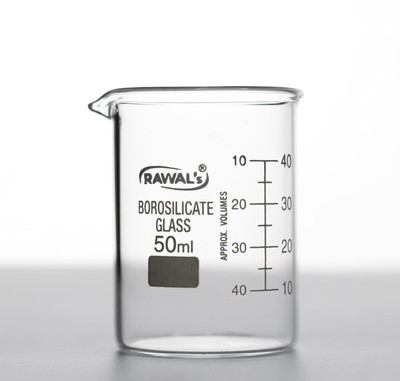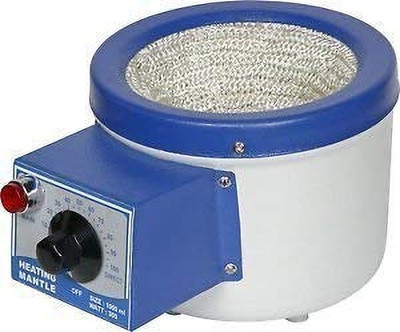
Ashnoor ASHPLT004 ASHPLT003 Heating Lab Hot Plate
Share
Ashnoor ASHPLT004 ASHPLT003 Heating Lab Hot Plate
Be the first to Review this product
Special price
₹2,898
₹4,250
31% off
Available offers
T&C
Warranty
N/A
Delivery
Check
Enter pincode
Delivery by13 Nov, Thursday
?
if ordered before 10:59 AM
View Details
Highlights
- Laboratory Hot Plate
Services
- N/A
- Cash on Delivery available?
Seller
Description
A typical laboratory hot plate specification includes the heating plate material (e.g., stainless steel, cast iron, ceramic), the plate size (e.g., 8-12 inches, or specific dimensions), the temperature range (e.g., 50-300°C), the temperature controller (digital PID), the power source (single-phase 220-230V AC), and safety features like overheat shut-off and CE certification. The material and size are chosen based on the specific application, with higher temperatures potentially requiring different plate materials.
Key Specifications to Consider
Heating Plate Material:
Stainless Steel (SS 304): Common for general-purpose heating, offers good durability and chemical resistance.
Cast Iron: Suitable for higher temperature ranges.
Ceramic Glass: Good for chemical resistance but more susceptible to mechanical damage.
Plate Size and Shape:
Available in various diameters (e.g., 20-30 cm) and rectangular shapes.
Larger plates offer a bigger work area but require higher power consumption.
Temperature Range:
Typically ranges from 50°C to 300°C for standard models, but can extend to 550°C or 600°C for specialized applications.
Temperature Control:
Digital PID (Proportional-Integral-Derivative) controllers with external sensors are preferred for precise temperature control.
Energy regulators and on/off indicators are also important features.
Power and Voltage:
Most laboratory hot plates are single-phase, operating on 220-230V AC, 50-60 Hz.
Larger units with higher power ratings (2.5-4.0 kW) are available.
Body Material:
Often powder-coated mild steel for the main body of the unit.
Safety Features:
Automatic high-temperature shut-off to prevent overheating.
CE certification or conformity to international standards is a crucial requirement.
Read More
Specifications
Warranty
| Warranty Summary |
|
| Service Type |
|
| Covered in Warranty |
|
| Not Covered in Warranty |
|
In The Box
| Sales Package |
|
General
| Brand |
|
| Model Number |
|
| Type |
|
| Suitable For |
|
| Body Material |
|
| Plate Shape |
|
| Designed For |
|
| Plate Material |
|
| Operating Temperature |
|
| Display Type |
|
| Thermostatic |
|
| Chemical Resistant |
|
| Speed |
|
| Maximum Load Capacity |
|
| Remote Control |
|
| Model Name |
|
| Magnetic Stirrer Included |
|
| Magnetic Pull |
|
| Heat Indicator Light |
|
| Table Top Safe |
|
| Shock Resistant |
|
| Acid Resistant |
|
| Support Rod Included |
|
| Spill-proof Tray Included |
|
| Timer Included |
|
| Base Type |
|
| Accessories Included |
|
| Display Size |
|
Additional Features
| Usage & Safety |
|
| Scratch Resistant |
|
| Certification |
|
| Other Features |
|
| Key Features |
|
Dimensions
| Cable Length |
|
| Plate Thickness |
|
| Plate Width |
|
| Plate Diameter |
|
| Plate Length |
|
| Height |
|
| Plate Depth |
|
| Weight |
|
| Other Dimensions |
|
Power Features
| Power Source |
|
| Power Requirement |
|
| Rating |
|
| Other Power Features |
|
Be the first to ask about this product
Safe and Secure Payments.Easy returns.100% Authentic products.
Back to top







